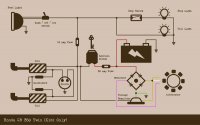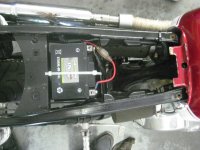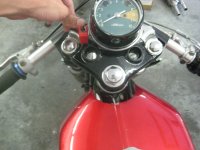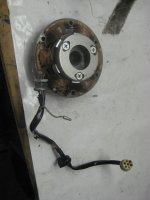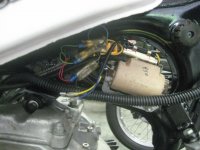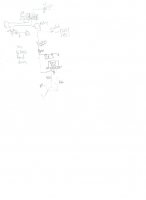Voltaire
New Member
I've been going crazy for a few days over a CB350 I bought. I am 17, foolish, and decided to buy a CB350 that was set up for racing- thus, the wiring consists of a battery (which is to be re-charged after races), a kill switch, and a total loss system (to fire the coils). This is perfect for racing, but I want a commuter bike. All I have for wiring is the alternator, so I'm beginning to tackle the rest of the beast. I only want to run a headlight and a brake light so it's street legal, and, of course, the battery needs to charge. Due to the setup of the bike, I will be roll-starting it. Every time.
I'm up for building my own harness, but could anyone point me to a good, stripped-down wiring diagram? I read through Sonreir's super-awesome Electricity 101 post, and it sort of makes sense, but I don't fully get why wires run to one place or another. Also, I'm assuming I'll need a regulator/rectifier. Can I buy any old set? Or could I grab an automotive one from Advanced?
I'm up for building my own harness, but could anyone point me to a good, stripped-down wiring diagram? I read through Sonreir's super-awesome Electricity 101 post, and it sort of makes sense, but I don't fully get why wires run to one place or another. Also, I'm assuming I'll need a regulator/rectifier. Can I buy any old set? Or could I grab an automotive one from Advanced?


